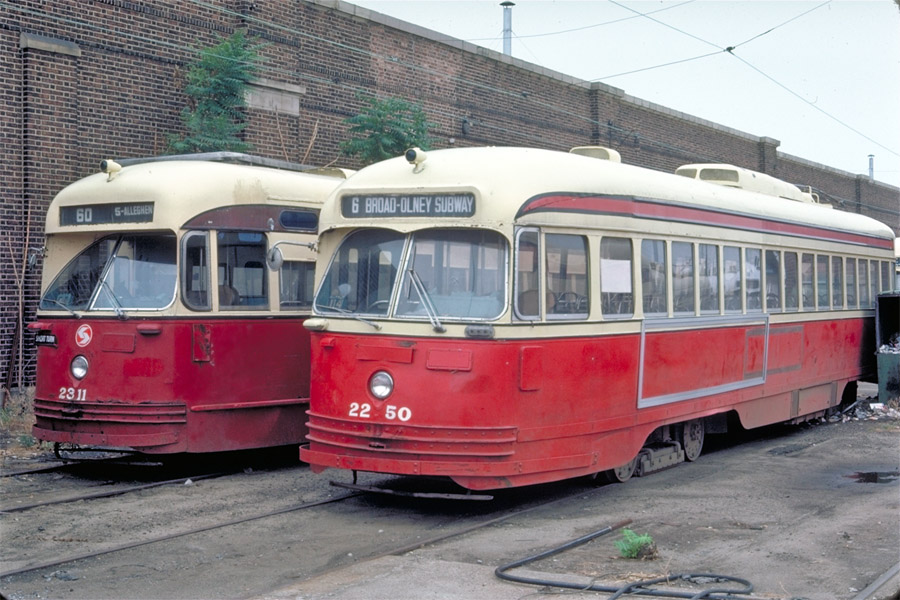blacksquirrels
Active Member
It’s only a real loop if it extends east and connects with Kipling as well. But think of the advantages. You get on the train and are supposed to be heading one direction. Woops I’m going the wrong way. Don’t worry it’s a loop. You don’t need to transfer. You’ll safely, warmly, comfortably get to your destination. It will just take you an extra hour. Now that my friend is world class, it is treating people with dignity and giving people what they deserve.
well exactly a loop is a loop (i.e. one continuous line, just like Line 1). the advantage is that we'd never waste $ building north or east in low density suburbia. they can have trains short-turn at STC or Kipling, so that only half the trains go to Sheppard making the full loop. not sure if you even understood what I was saying, but here's a crudely drawn map to illustrate.
this wouldn't add any extra time vs having to transfer at McCowan. in fact it would save time. I have no idea what going on about.






